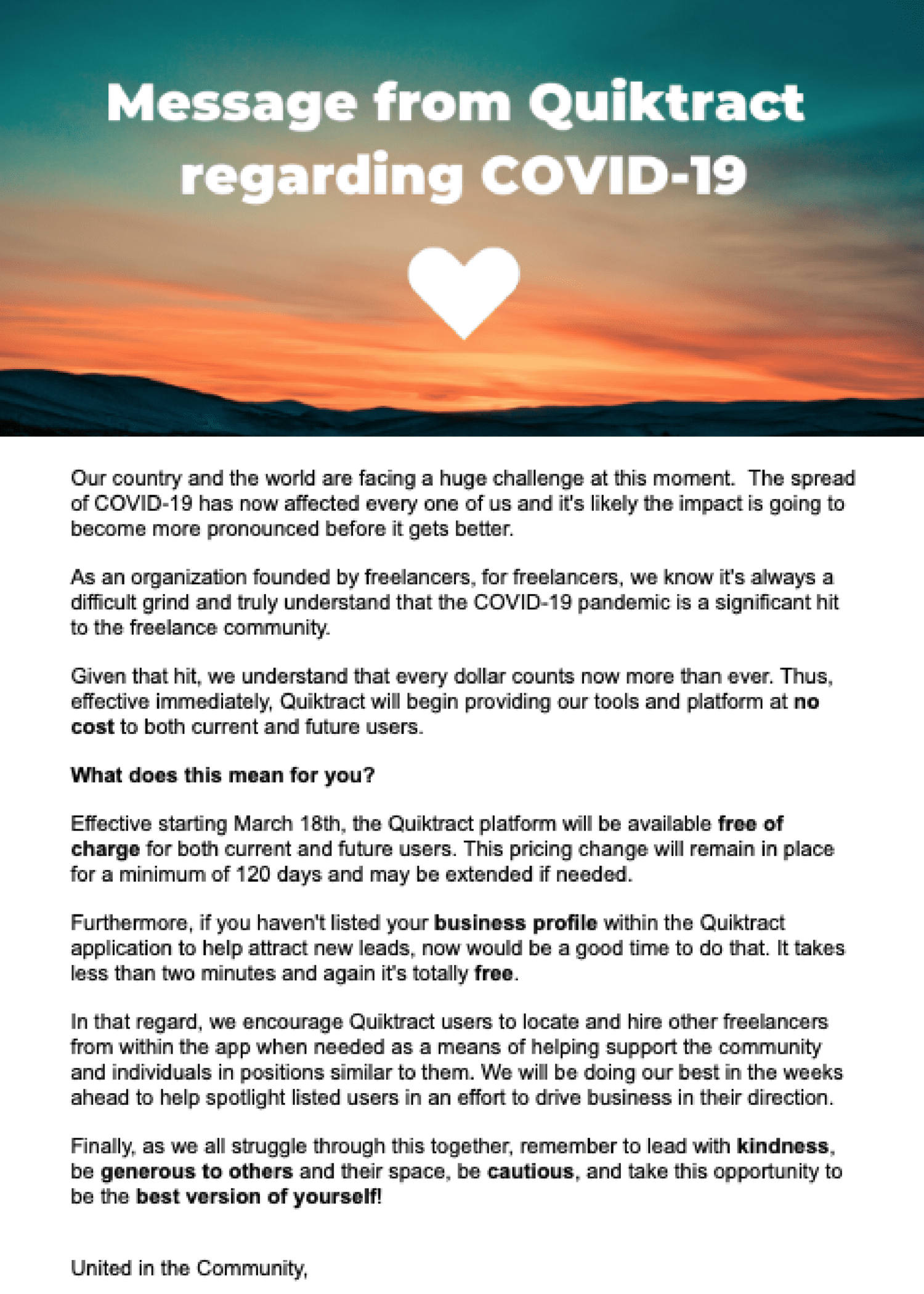
Maximizing Efficiency and Minimizing Waste with Lean Ecommerce: Best Practices for a Profitable Online Business
Maximizing Efficiency and Minimizing Waste with Lean Ecommerce: Best Practices for a Profitable Online Business

Written By
Ecommerce has become an essential part of our daily lives, and with more and more businesses entering the online marketplace, it’s crucial to differentiate yourself and stay ahead of the competition. One way to do this is by adopting a lean ecommerce approach, which prioritizes efficiency, minimal waste, and continuous improvement.
What is Lean Ecommerce?
Lean ecommerce is an innovative business methodology focused on minimizing waste and maximizing efficiency in order to provide website visitors with a better user experience and increase business profitability. The lean ecommerce approach emphasizes continuous experimentation and iteration to find the most effective solutions, rather than relying on traditional planning and forecasting methods – which can take much longer and tend to be much more expensive.
Grounded in the fundamental principles of lean, which are: Defining value, Value stream mapping, Creating flow, Establishing pull, and Continuous improvement, lean ecommerce seeks to create a sustainable and profitable ecommerce business by continuously improving processes and making data-driven decisions.
What are the benefits of lean ecommerce?
In today’s fast-paced environment, businesses need to be agile in their operations. With lean exommerce, you will enable numerous competitive advantages that revolutionize your outdated processes. Incorporating lean ecommerce:
- Improves profitability by reducing business costs and utilizing resources efficiently
- Accelerates time to market for new products and features.
- Reinforces customer satisfaction and loyalty.
- Supports the ability to quickly respond to market changes.
- Drives an improved website user experience
- Aids in data-driven decision making.
- Algins your business processes more closely to your customer needs
How does lean ecommerce differ from traditional ecommerce?
For businesses looking to launch or optimize their ecommerce business, understanding what ecommerce business models to leverage can make a major difference in your business’s success. Here’s how lean ecommerce and traditional ecommerce compare:
- Lean ecommerce prioritizes efficiency and customer value over growth and scale.
- Traditional ecommerce often uses mass production and mass marketing strategies, while lean ecommerce focuses on a just-in-time approach.
- Lean ecommerce emphasizes continuous improvement and testing, while traditional ecommerce may focus on established processes and procedures.
- Lean ecommerce prioritizes customer feedback and user data in decision making, while traditional ecommerce may rely on intuition and assumptions.
- Lean ecommerce often uses a minimum viable product (MVP) approach to product development, while traditional ecommerce may pursue a more feature-rich approach.
Can lean ecommerce be applied to large businesses?
Yes, lean principles can be applied to large businesses in the ecommerce industry. The focus on continuous improvement, waste reduction, and customer value can benefit companies of any size. However, the implementation may need to be adapted to the specific context and scale of the large business.
What are the principles of lean ecommerce?
The principles of lean ecommerce are based on the Lean Startup methodology, popularized by Eric Reis, and aim to maximize efficiency and minimize waste in online businesses. These principles include:
- Validate the market: Ensure there is a market for the product before investing significant resources into it.
- Build a minimum viable product (MVP): Start with a basic version of the product and continuously improve it based on customer feedback.
- Focus on the customer: Put the customer first and continuously gather their feedback to improve the product and meet their needs.
- Continuously measure and improve: Use data and analytics to measure the performance of the business and make data-driven decisions for continuous improvement.
- Embrace failure: Accept that failures are a part of the learning process and use them to improve the business.
- Streamline processes: Eliminate waste and inefficiencies in the business processes to maximize efficiency and profitability.
- Collaborate and innovate: Foster a culture of collaboration and innovation to drive business growth and success.
How can lean ecommerce help reduce costs and increase profits?
Lean ecommerce helps reduce costs and increase profits by promoting continuous improvement and waste elimination. Some of the ways it does this are:
- Minimizing waste: By focusing on only the most valuable activities and eliminating waste, businesses can reduce their costs and increase efficiency.
- Reducing inventory costs: Lean ecommerce emphasizes just-in-time inventory management, which helps businesses reduce the cost of holding inventory and minimize the risk of stock obsolescence.
- Improving processes: Streamlining processes and eliminating inefficiencies can help businesses save time and money.
- Focusing on customer needs: By focusing on the customer and gathering feedback, businesses can improve their products and services to better meet customer needs, which can lead to increased customer loyalty and sales.
- Data-driven decision-making: By using data and analytics to measure business performance, businesses can make data-driven decisions that help them reduce costs and increase profits.
- Reducing risk: The Lean Startup methodology emphasizes validation of ideas and continuous testing, which helps businesses reduce the risk of investing in a product or service that doesn’t meet customer needs.
By following the principles of lean ecommerce, businesses can improve their bottom line and become more competitive in the market.
What are the common mistakes to avoid in a lean ecommerce approach?
Here’s what to avoid in a lean ecommerce approach:
- Overlooking customer feedback: Not regularly gathering and incorporating customer feedback can lead to a misalignment with customer needs and reduce the effectiveness of the lean approach.
- Neglecting the importance of data: Not using data and analytics to measure business performance and make data-driven decisions can reduce the effectiveness of the lean approach and hinder business growth.
- Failing to prioritize: Failing to prioritize activities and eliminate waste can result in inefficiencies and reduce the effectiveness of the lean approach.
- Not embracing failure: Avoiding failure and not using it as a learning opportunity can reduce the effectiveness of the lean approach and limit the ability of the business to improve.
- Not collaborating and innovating: Failing to foster a culture of collaboration and innovation can reduce the ability of the business to grow and improve.
- Not continuously improving: Failing to continuously improve and embrace change can result in a lack of competitiveness and reduce the effectiveness of the lean approach.
By avoiding these common mistakes, businesses can maximize the benefits of the lean ecommerce approach and achieve greater success in the market.
How can a company measure the success of lean ecommerce?
A company can measure the success of lean ecommerce by tracking several key metrics:
- Customer satisfaction: Regularly gather customer feedback to measure satisfaction and identify areas for improvement.
- Conversion rates: Track the percentage of visitors who make a purchase on the website to measure the effectiveness of the ecommerce strategy.
- Average order value (AOV): Track the average amount spent per order to measure the effectiveness of upselling and cross-selling strategies.
- Return on investment (ROI): Track the return on investment for marketing and advertising campaigns to measure their effectiveness and make data-driven decisions.
- Traffic and engagement metrics: Track website traffic and engagement metrics, such as page views, time on site, and bounce rate, to measure the effectiveness of the website and marketing efforts.
- Inventory management metrics: Track inventory levels, turn rate, and stock obsolescence to measure the effectiveness of inventory management and make data-driven decisions.
By regularly tracking these metrics, companies can measure the success of their lean ecommerce approach and make data-driven decisions for continuous improvement.
About &Marketing
In today’s fast paced world, many growing businesses are struggling to modernize their marketing approaches because either they don’t have the expertise or the bandwidth to do it themselves.
&Marketing provides seasoned marketing strategy professionals and a nimble execution team to help our clients achieve their goals. Our unique partnership model allows us to augment our client’s existing teams or outsource the entire marketing function in an affordable, flexible, and transparent way.













Recent Comments